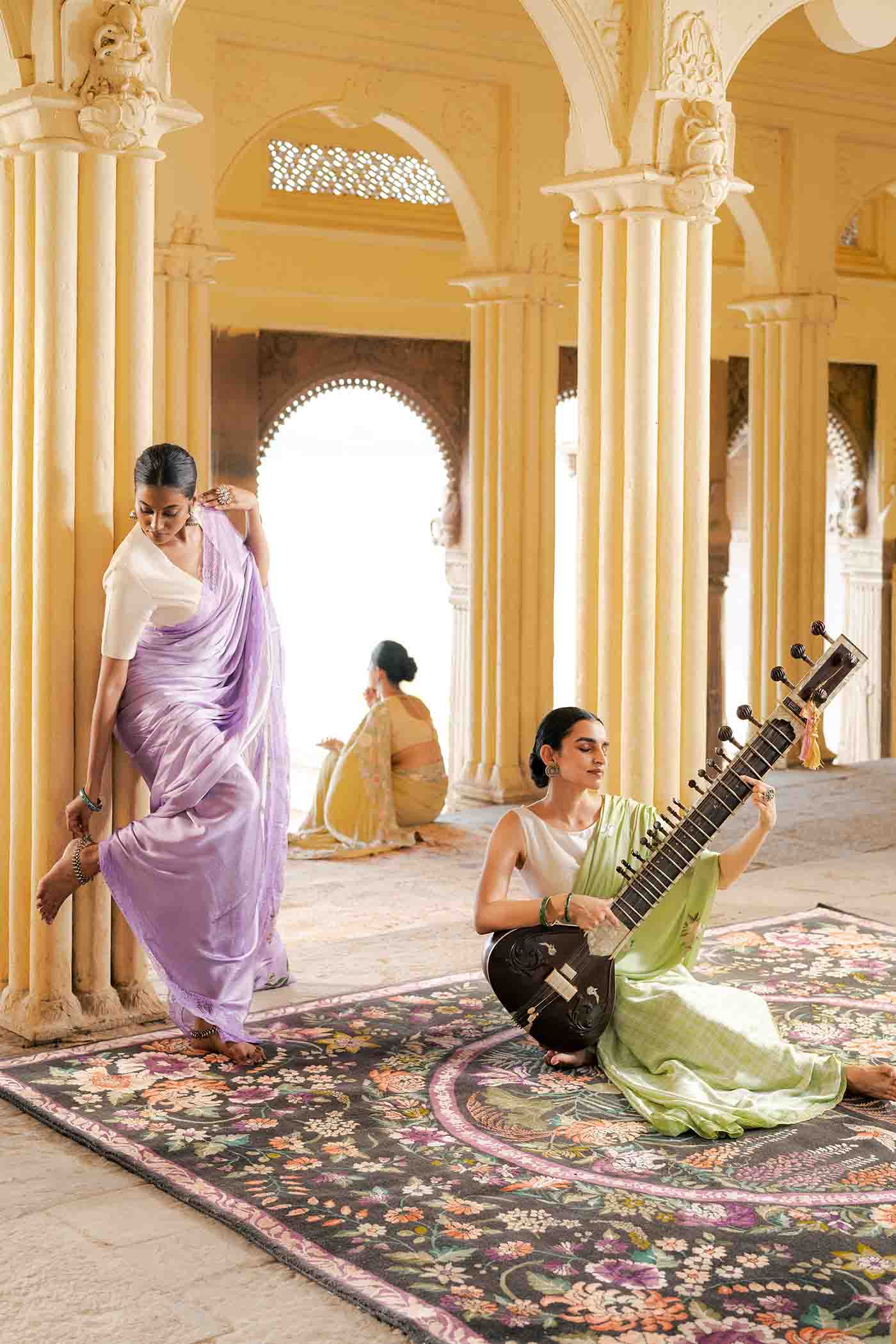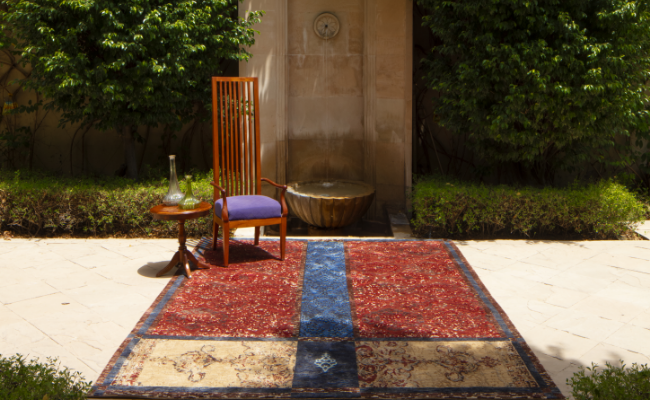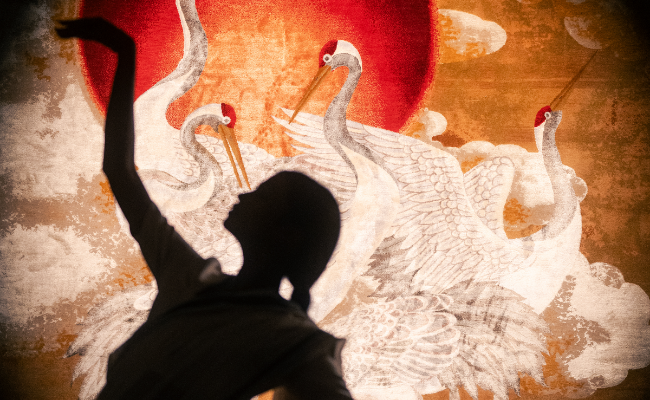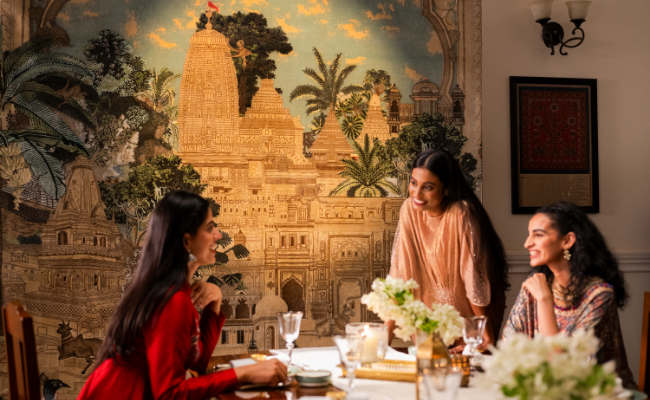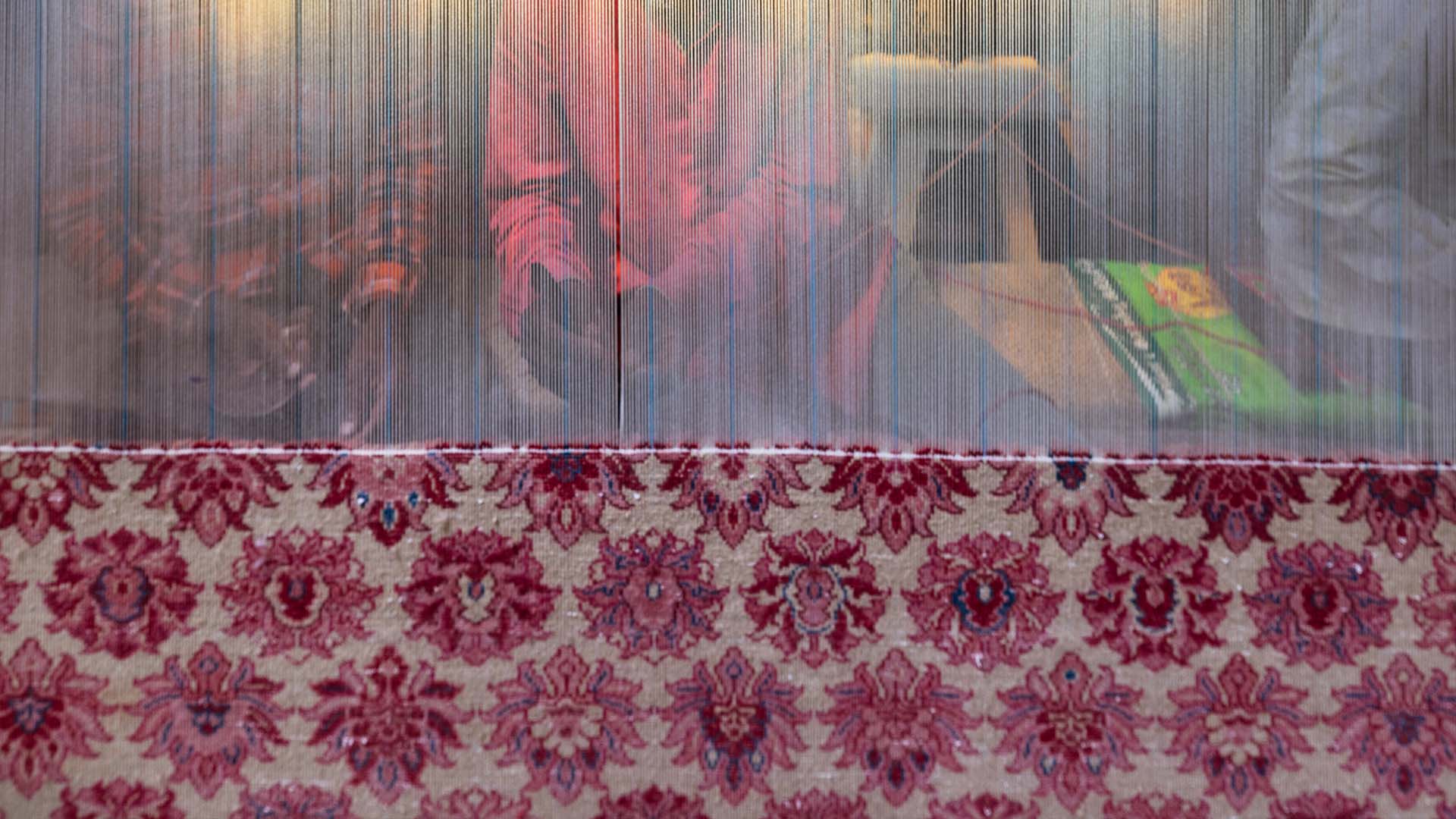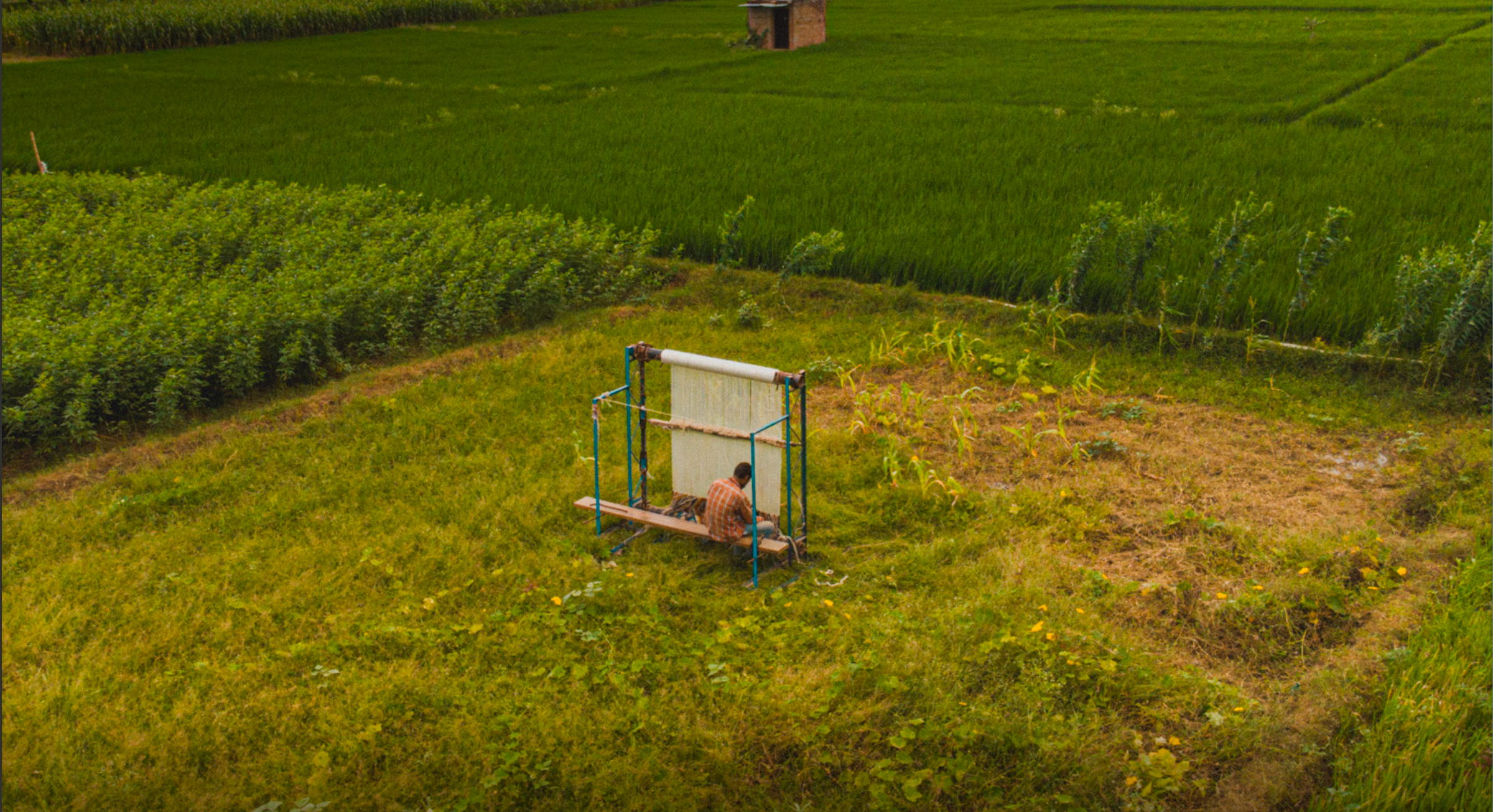The gold standard of rug-making.
Hand-Knotted
Regarded globally as the most revered technique in the world of rugs, hand-knotting is a meditative, intricate process that demands patience, precision, and passion. Each knot is tied by hand, one by one, on a vertical loom. A single large carpet can take several months-or even years-to complete.


